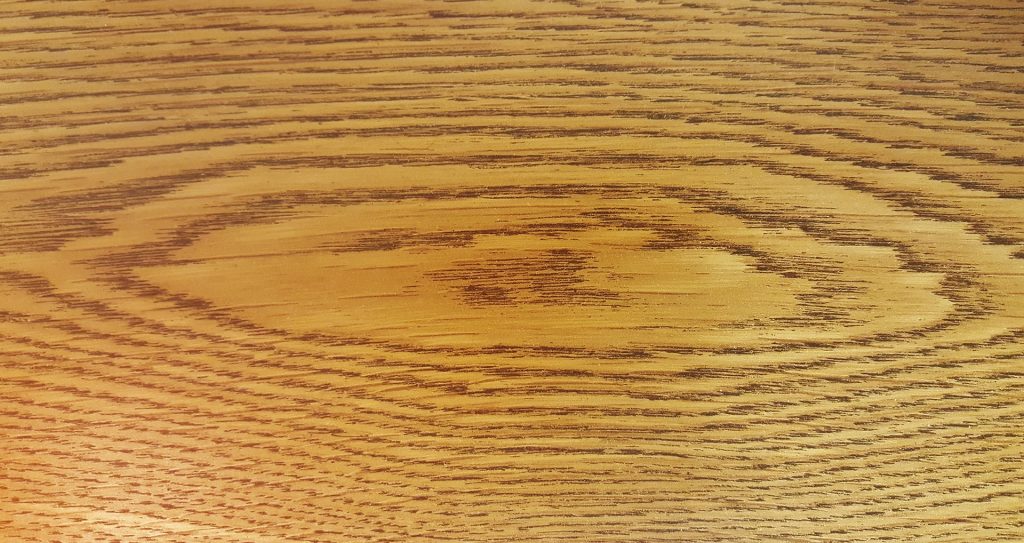
Buffing oil is a chemical or electrochemical polishing effect that is combined with natural oil to reduce the roughness and stiffness of furniture caused by weather changes, rough usage, or water damage on its surface. It is a polishing tool that contains abrasive particles. Natural oil, known as buffing oil, is similar to polishing oil but different from paint. The main ingredients are linseed oil, sunflower oil, soybean oil, and mexican edible oil. It has similar properties to timber primer and allows for protection and preservation.

Buffing oil aims to obtain a smooth surface or mirror gloss, and sometimes it is also used to eliminate dirt buildup. Mainly, buffing oil is used as a polishing tool. This product is used for a rough grinding process, suitable for polishing stainless steel, copper, aluminum, and so on, on things such as tableware, fishing gear accessories, and various hardware. Using the buffing oil means eliminating the furniture’s roughness. The surface and texture of the table are smoothed and leveled, whilst also increasing the furniture’s durability. This makes the furniture look more beautiful and clean, with wood colors appearing to be more lustrous, natural, and expensive. Given the many benefits, there are still many people who don’t know how to use buffing oil correctly.
How Does This Buffing Oil Works?
Buffing oiling is a part of fluid polishing. It is based on the high-speed flowing liquid and the abrasive particles it carries, to achieve a smooth finish on the furniture. The buffing oil is generally spread by jet processing and polishing brushes. During the application of this buffing oil, the high-speed rotating polishing wheel (circumferential speed above 20 m/s) is pressed against the workpiece or the surface of the furniture so that the abrasive can roll on the body and can deeply nourish the roughness of the surface, caused by wear and tear. The surface roughness can generally reach Ra0.63 ~0.01 microns; when a non-greasy matting polishing agent is used. It can mattify the bright surface to improve the furniture’s appearance; drum polishing is often used in this case.
During rough polishing, a large number of silicon balls are placed in the inclined tank-shaped drum. When the drum rotates, these balls and abrasives are randomly rolled and collide in the drum to remove the surface bulge and reduce the surface roughness. Then, the buffing oil is coated on the surface to give it a glowy and polished look.
The application wheel used to spread the buffing oil is made of wood or exceptional fine felt with uniform material and degreasing treatment. The oil component penetrates the wood to maintain the wood, revealing its natural layering and beautiful texture. The wax component and the wood fiber are sturdily fused, along with water, to penetrate the plausible mechanism. In addition to filling the original chemical fiber gaps on the wood surface, the protective layer’s thickness is created.
When the wood surface is cleaned, a soft brush is used. Thereafter when drying it, it is best to polish it with a wiping cloth. However, due to its characteristics, it is only suitable for solid wood boards. For the high-density boards and wooden furniture used in many homes as traditional furniture, wood buffing oil can leave a natural wood finish, bringing out the real beauty of products and keeping things youthful. Exterior furniture stains can also be used for protection and ultimate durability.

